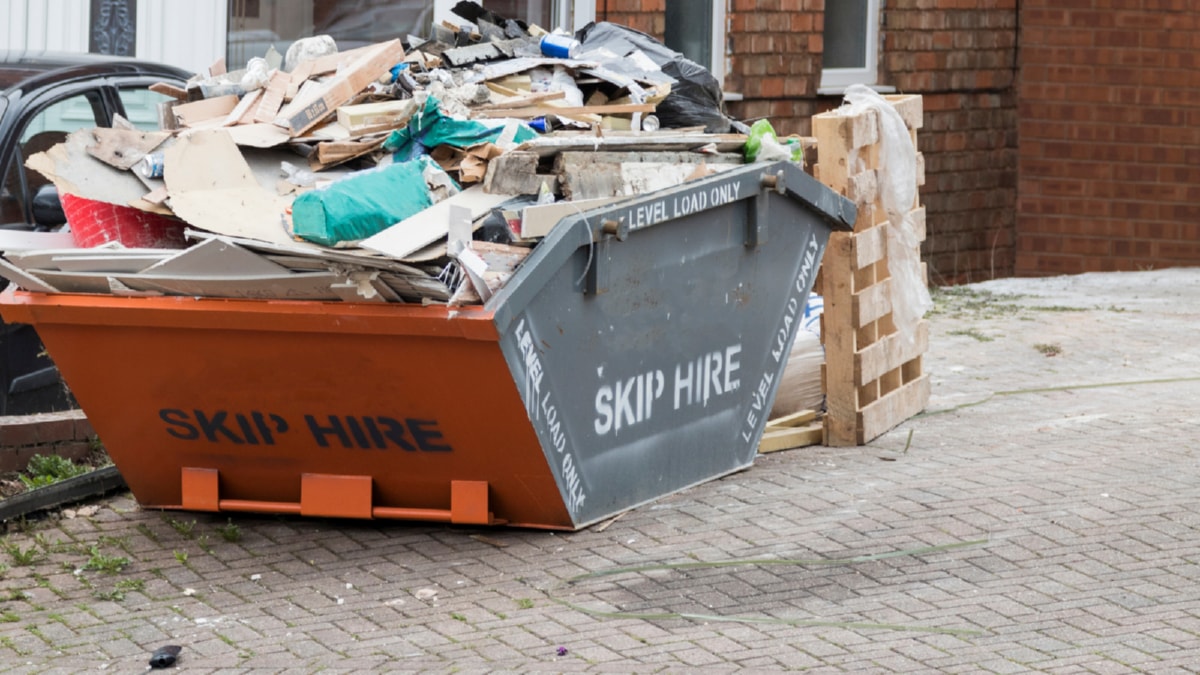The advent of green technology has revolutionized various sectors, and the construction industry is no exception. With sustainability at its core, the integration of green technology in modern construction aims to respond effectively to environmental challenges while providing economic benefits.
Green technology in construction, also known as green construction or sustainable building, refers to the application of environmentally friendly and resource-efficient processes throughout a building’s lifecycle. This includes its design, construction, operation, maintenance, renovation, and demolition. The overarching objective is to reduce the negative impact of buildings on human health and the environment while enhancing occupant comfort and health.
One of the key aspects of integrating green technology in construction is the use of sustainable building materials. Instead of traditional materials, builders are increasingly using recycled and bio-based materials that contribute to a reduction in carbon emissions. For example, recycled steel, insulated concrete forms, and reclaimed wood are some of the materials widely used in green construction.
Insulation is another significant aspect where green technology has made a mark. Insulation made of eco-friendly materials like wool, cotton, and icynene not only reduces the energy required for heating and cooling but also improves indoor air quality. This reduction in energy usage aligns perfectly with the principles of green technology, promoting energy efficiency and reducing greenhouse gas emissions.
Moreover, the integration of renewable energy sources in construction design is a shining example of green technology. Solar panels and wind turbines are commonly incorporated into modern buildings to generate power. This renewable energy usage significantly reduces reliance on fossil fuels, thereby reducing carbon emissions. In addition, innovations like solar water heaters and geothermal heat pumps also contribute to energy conservation.
Green technology in construction also addresses water conservation. Rainwater harvesting systems and greywater recycling systems are frequently included in modern building designs. Such systems collect and store rainwater or recycle wastewater for uses like irrigation and toilet flushing, thereby conserving water.
The integration of green technology in modern construction is not just about the environment; it has economic implications as well. Though the initial investment may be higher, green buildings often result in significant savings in the long run due to reduced energy and water bills. Moreover, green buildings often have a higher market value, making them a smart investment.
In conclusion, the integration of green technology in modern construction has a multifaceted impact. It not only addresses environmental concerns but also improves occupant comfort and health while offering economic benefits. The construction industry’s shift towards green technology is a crucial step towards sustainable development, a path that every industry should strive to follow. As we continue to grapple with the effects of climate change and environmental degradation, the importance of green technology in construction will only continue to grow.
For more details, check best masonry services or visit their business listing here.



